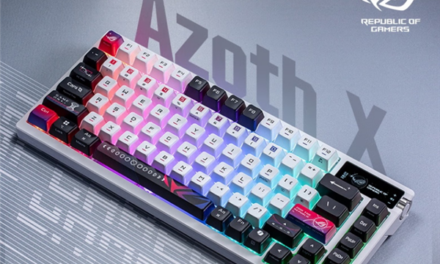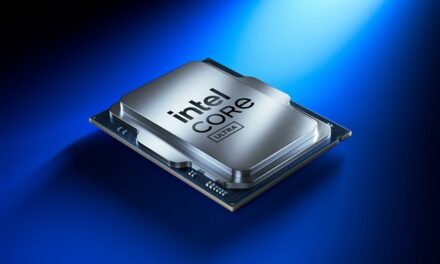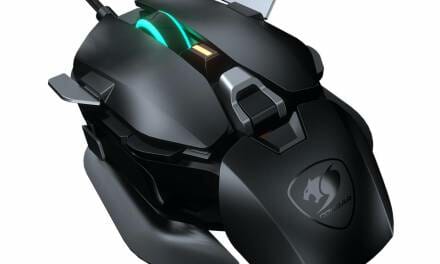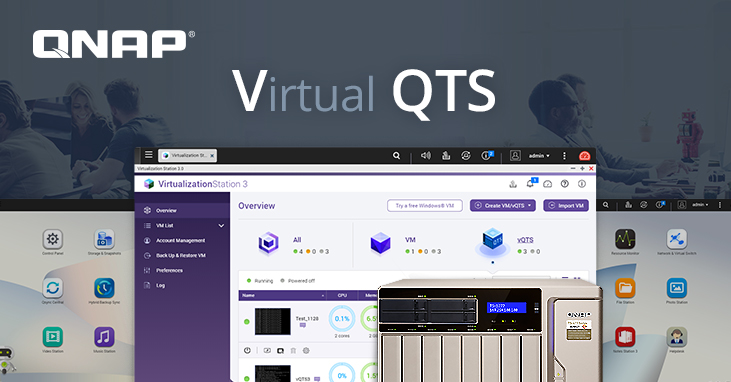
Getting started with micro:bit
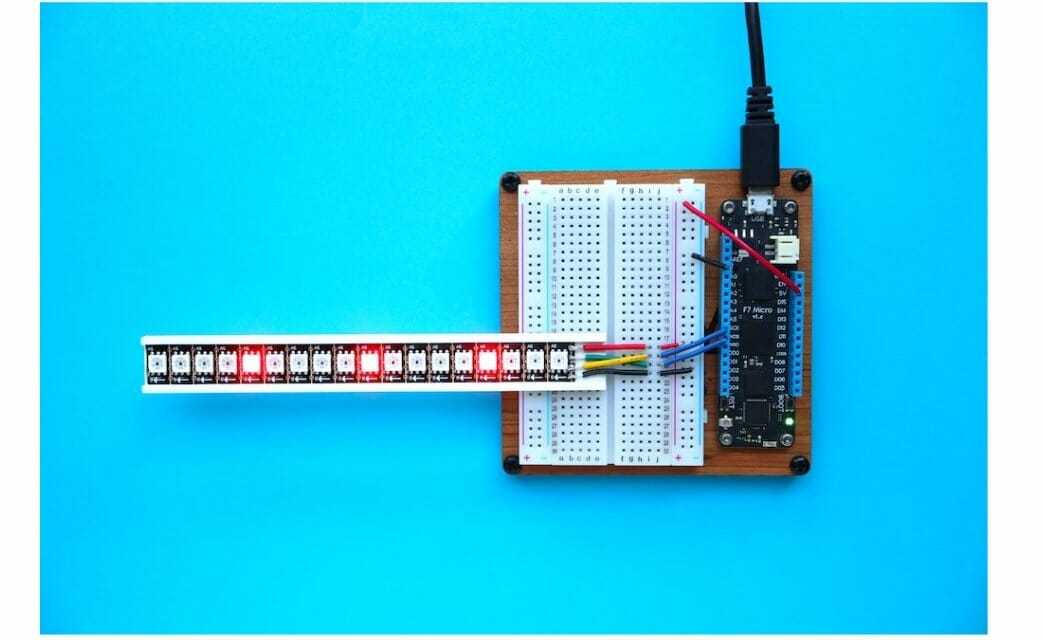
Of all pocket-sized computer gadgets, the BBC micro:bit is one of the most interesting by far. This miniature computer is designed to help people learn how to code through practical projects. If you’re thinking about getting one soon, we’ve outlined everything you need to know about the micro:bit in our handy guide below.
What is micro:bit and how does it work?
The micro:bit is essentially a tiny computer, available in a striking array of colors. Straight out of the box, it can be set up within minutes and connected to other devices, kits, and sensors.
You’ll need to program your micro:bit to get it to work, but this can be done using accessible, free software online. The device supports four programming languages:
- JavaScript, a drag-and-drop interface by CodeKingdoms
- Block Editor, a block-based, graphical system
- Microsoft Touch Develop, purely text-based
- MicroPython, used by professional developers
What are the features of a Micro:bit?
The BBC micro:bit boasts an array of features that make it a fantastic choice for anyone looking to work on their programming skills. These innovative features include:
- Inputs and outputs
Input and outputs are crucial for any computer system, and the micro:bit has plenty for you to discover. The input devices feature the buttons and sensors to detect light, temperature, acceleration, and magnetism.
The primary output device is the LED display, but every micro:bit can send and receive information via radio. You can also use the inbuilt pins to use additional input and output devices with your micro:bit.
- Processor
Every computer needs a processor to work. It’s a small piece of hardware that’s known as the ‘brains’ of a computer, processors run the programs you write. All devices have processors, but the one on your micro:bit is very small – known as microprocessor.
- LEDs
LED stands for light-emitting diode. LEDs are used everywhere from televisions to lightbulbs, and they don’t require much power to work. They’re perfect to help small devices create light.
The micro:bit has a display of 25 red LEDs, and you can control each one using code, programming the device to emit custom patterns and displays.
- Buttons
The buttons on your micro:bit are input devices, and these can be pressed to trigger an action. There are multiple actions to program, using button A or B. The third button will reset the device, allowing you to run a new program or start again.
The best micro:bit projects for beginners
Luckily, the micro:bit is designed for beginners, so it’s not hard to find simple projects to get started out. The most popular starting option is the flashing heart project, where you’ll program your micro:bit to show a flashing heart on the LED display.
You can also head over to the micro:bit website to discover traffic lights, the buzz wire game, morse code machines, bike lights and loads more projects. Have fun!










